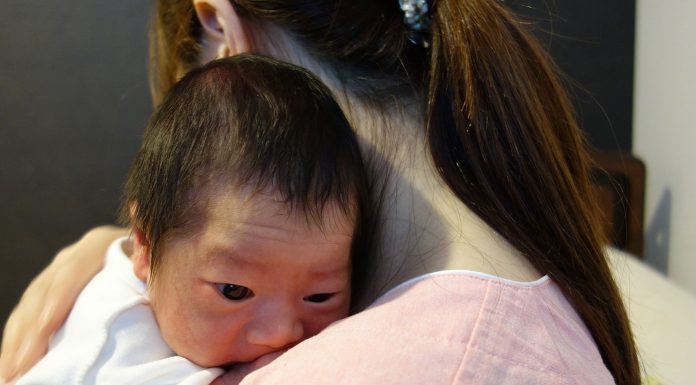Grant Brookes, president of the New Zealand Nurses Organisation, said the Council of Trade Unions figures backed the concerns about ‘systematic and serious underfunding’ being expressed by nurses and other NZNO members in its Shout Out for Health campaign.
“Nurses have been telling us that in almost any publicly funded health service you are likely to find short staffing, health worker burnout, substandard equipment, and long wait times,” said Brookes.
“Fees can be too high for some families. Health underfunding looks like everything from elderly patients missing basic hygiene like showering, or delayed medication, to dangerously low staffing and near misses in critical areas like newborn intensive care.”
Simon Oosterman, a Public Service Association (PSA) organiser and co-ordinator of the combined health and community Yes We Care campaign, said the CTU figures showed that an extra $1.1 billion in health funding would only maintain the status quote and wouldn’t help people already missing out. “It won’t resolve the mental health crisis or help the increasing number of Kiwis who need surgery but can’t get on a public waiting list.” He said the number of people using mental health services had increased by 60 per cent since 2010 but funding had only increased by 28 per cent.
The CTU’s pre-Budget Working Paper on Health was compiled by economist Bill Rosenberg and the Association of Salaried Medical Specialists research director Lyndon Keene.
The pair said their analysis indicated that the Health vote operation expenses needed to rise by $721 million (a 4.7 per cent increase from $15.32m to $16.04 million) to maintain current services by keeping up with population and cost increases. (Population growth was estimated to increase costs 2.5% of which 1.8% was direct population growth and the remaining increased expenditure due to the ageing of the population.)
They calculated that the Government’s to-date pre-Budget announcements – including the equal pay settlement, ambulance double-crewing, and extra funding for Pharmac – equated to $374.95 million in the next financial year. Which when combined with its estimated $721 million population and cost increase requirement meant an estimated $1.1 million (7.2% increase) was needed to maintain the status quo, said the pair’s paper.
The paper also said that previous CTU analyses had indicated that the public health services had started off each new financial year worse off than the previous year because Budget increases had fallen short of increased population demand and costs.The pair said to return Vote Health funding back to the same spending power as 2009-2010 would require a further $1.2 billion so a total of $2.3 billion would be required in Thursday’s Budget.
“A Treasury response to our analyses released earlier this month[1] again does not question our methodology but differs on some matters of interpretation,” says the pair’s paper”. “It (Treasury) claims health spending has’increased in real (CPI adjusted) terms and real per capita terms in most years, albeit at a lower rate and with occasional reductions’.” They go on to add that however Treasury acknowledged ‘There are other measures of health inflation [than CPI] that may be higher’, and its figures did not include demographic factors such as ageing, ‘that could tend to increase costs per capita’.
[1] NZ Treasury. District Health Board Financial Performance to 2016 and 2017 Plans, February 2017.






















